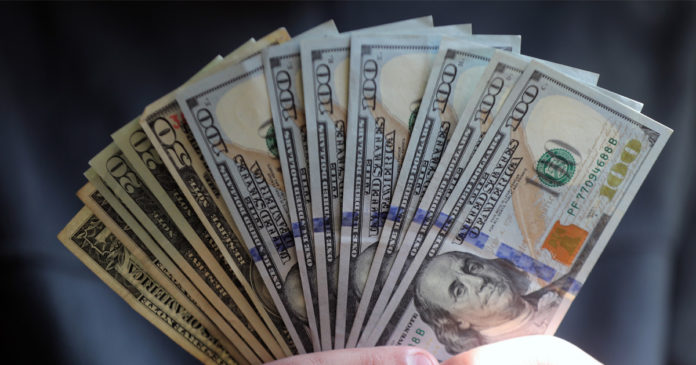When there is turmoil in the global economy, as now, the US dollar gains strength. In such times, the demand for safe assets increases and the dollar appreciates, as it becomes a shelter while other currencies lose value. However, beyond serving as shelter in turbulent times, the U.S. dollar dominates the transactions in the global foreign exchange market.
The Bank for International Settlements (the central banks’ banker based in Basel, Switzerland) last October released the results of the 2022 Triennial Survey of global foreign exchange transactions. https://www.bis.org/press/p221027.htm
In April 2022, global foreign exchange trading reached $7.5 trillion per day, an increase of 14 percent from 2019. To appreciate the magnitude of this immense market, the Bank said it is 30 times greater than daily world production and greater than the $30 trillion of world trade in 2021.
About 80 percent of global foreign exchange trading is concentrated in five major currencies, in the following order: the US dollar, the euro, the British pound, the Japanese yen and China’s renminbi. In April 2022, the US dollar was on one side of almost 90 percent of all global foreign exchange transactions. Additionally, according to the Basel Bank, this share has remained “virtually unchanged for decades.” By contrast, the share of other main currencies, such as the euro, the pound and the yen decreased, while the Chinese renminbi has increased from 1 percent 20 years ago, to 7 percent in 2022.



























